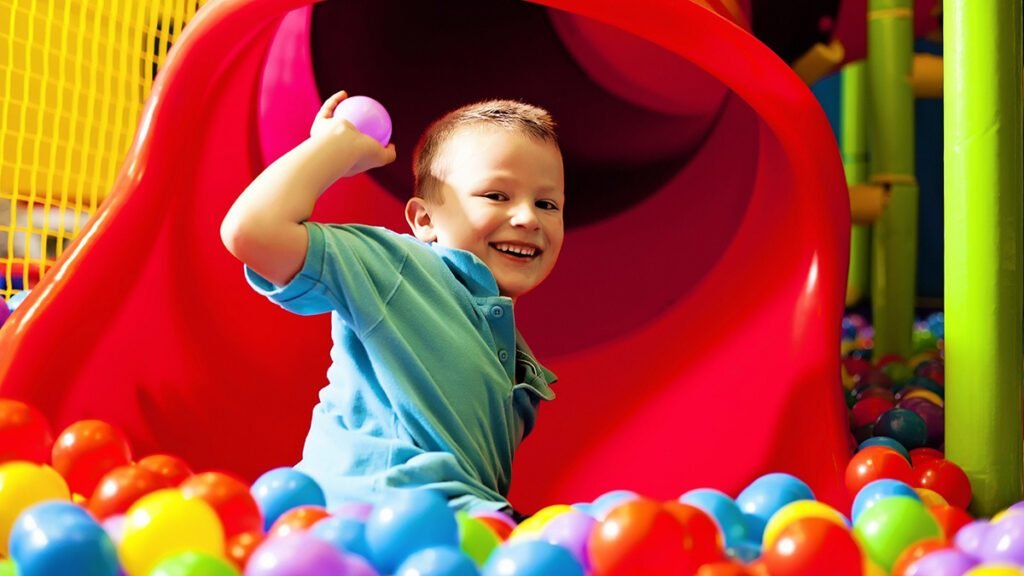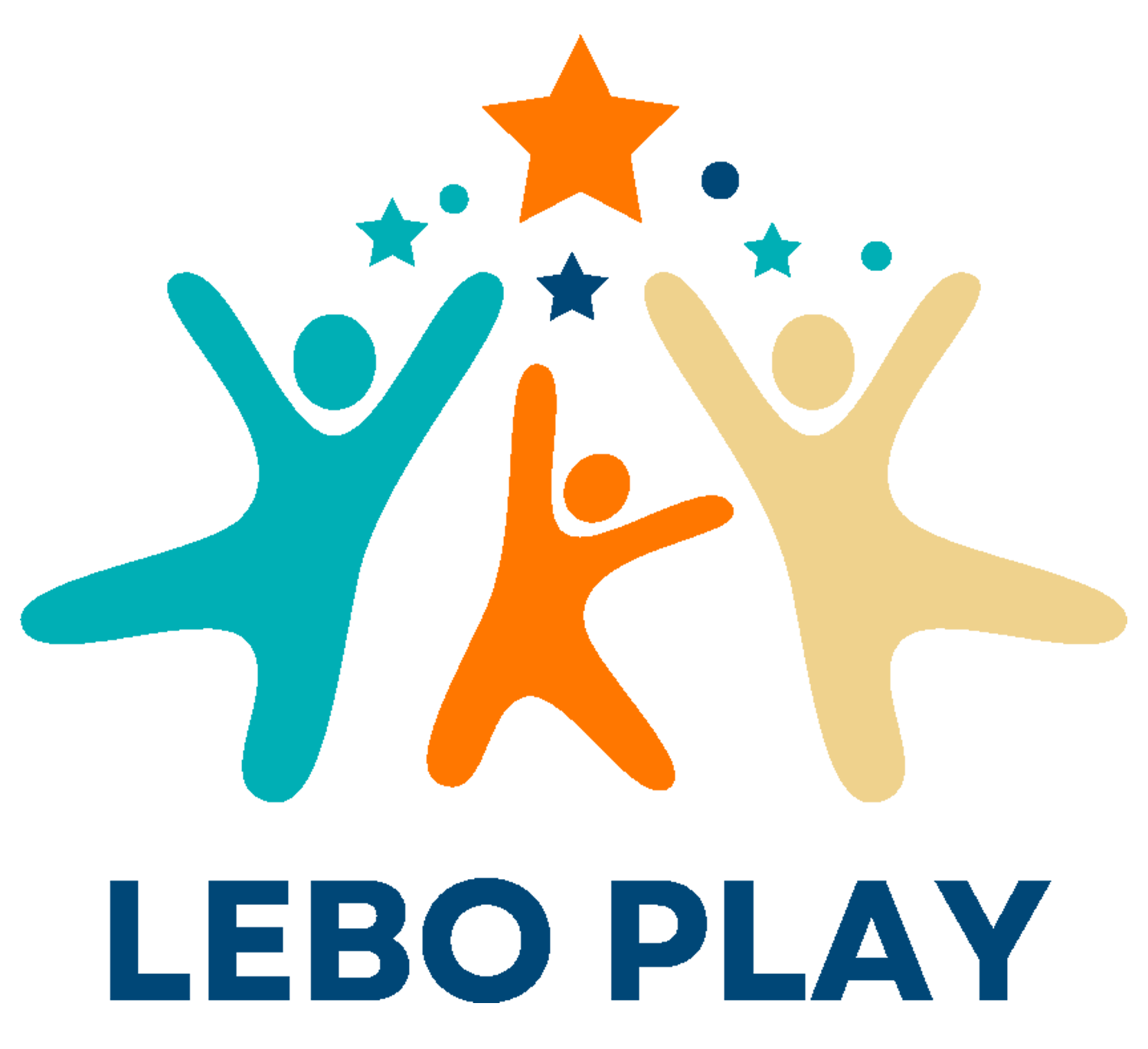A brief overview of the increasing popularity of indoor playgrounds
The indoor playground industry is the fastest-growing area of the entertainment industry. And safety is one of the most important reasons for this change in trend. All parents want their kids to play in a safe and clean environment, while the lack of safety in outdoor playgrounds is inevitable. From used syringes and broken bottles, you can’t imagine what you are going to find at an outdoor playground. However, safety can be ensured by soft-contained play equipment, sanitized play areas, supervision by trained staff, and temperature control of indoor playgrounds.

Are indoor playgrounds profitable?
According to market studies, the global market for family entertainment centers was valued at US$24,350 million in 2020. Researchers anticipate that it is expected to increase to US$40,814 million by 2025. This indicates that demand for indoor play areas will increase significantly in the coming years.
In terms of revenue, the indoor playground industry’s total revenue in 2019 was US$336 million. More than 30% of households have an annual income of US$75,000 to US$150,000. Data shows that there are a huge number of households with disposable income, so more households are spending more on quality entertainment. Census data shows that in 2015, 28% of total household entertainment spending was on “entertaining experiences,” and this number is expected to increase in the coming years.
An indoor playground is a smart investment for any business. Indoor playgrounds are attractive for parents who typically spend 20% of their income on child care. However, there is no standard formula for predicting profit margins and total ROI for an indoor playground business, as it varies based on cost, business model, location, and service provided. Some businesses use home entertainment centers as their primary source of revenue. Other companies use indoor entertainment centers as additional attractions for their products and services, such as malls and restaurants. The latter is expected to increase traffic and revenue.
How much does it cost to start an indoor playground?
Indoor playgrounds are highly customizable and can be used within a variety of budgets. Start-up costs vary depending on various factors, such as the scale of the playground, location, equipment, labor cost, marketing cost, etc.
Without any doubt, the more you invest, the more space you can rent and the more custom indoor playground equipment you can build. Of course, you don’t need millions of dollars to start a playground unless you are a big business or you are interested in building a Neverland-style playground. As long as you have a few thousand bucks, you are sure to be good to go.
Starting an indoor playground business can be a profitable and fulfilling endeavor, but it demands a substantial commitment of both time and money. Typically, the initial investment for opening an indoor playground business ranges from $10,000 to over $500,000, depending on the scale of the facility. However, if the playground is privately operated, costs may be notably lower, and certain expenses discussed in this text may not be necessary. It is advisable to conduct thorough research specific to your local area to obtain more accurate cost estimates.
Here are some expenses to consider when estimating indoor playground start-up costs:
1. The scale of your playground
The size of your playground will determine the cost of opening an indoor playground. The size of your inside playground will depend on the number of children you want to accommodate at one time, as well as the types of attractions and services you plan to offer. A smaller indoor play area may be suitable for a start-up on a budget, while a larger playspace may need to accommodate more children and offer a wider range of activities.
The cost of renting or purchasing a site based on the location, size, and condition of the building. For example, a small indoor playground in an existing building will cost less than a large family entertainment center in a new construction. In general, you can expect to pay between $2,000 and $10,000 per month in rent for a medium-sized indoor playground.
2. Indoor playground equipment costs
The cost of the play equipment can range from a few thousand to tens of thousands of dollars depending on the quality, size, and complexity of the playground.
For example, a basic ball pool may cost about $1000, while a larger play structure with multiple levels and rich attractions like slides, a spider tower, volcano climbing, and climbing walls may cost $50,000 or even more.
In addition to the large play structures, you’ll also need to purchase related items such as plastic toys, role-play houses, socks, a ball washer, a disinfection machine, etc., which can cost from a few dollars to several thousands of dollars.

3. Product Shipping Costs
The shipping cost may vary depending on the size and weight of the play equipment and the distance from the country. The average shipping cost from China to the United States is $1150 to $3250 for a 20-ft container and $2150 to $4850 for a 40-ft container.
Since international shipping costs vary from week to week, generally Lebo Play will re-checked the shipping cost before loading.
4. Installation Costs
Proper installation is critical to the safety of everyone who uses your playground equipment. If your play equipment comes in a variety of shapes and sizes, it’s wise to budget for professional installation service. Installation costs include travel, room and board, and wages for the installers.
5. Labor Costs
You will need to hire a team of staff to supervise the children and ensure their safety while they play. This can include managers, supervisors, receptionists, and attendants.
The annual cost to hire and train employees to operate your indoor playground can range from $100,000 to $200,000 or more, depending on the number of employees and their wages and benefits.
6. Marketing and Advertising Costs
In order to attract customers to your indoor playground, you need to invest in marketing and advertising. This can include creating an official website, printing brochures and flyers, and placing online and offline ads.
Marketing and advertising costs for an indoor playground can range from $5,000 to $20,000 or more per year, depending on the advertising channels and strategies used.
7. Other Costs
There may be other costs associated with starting an indoor playground business. These costs include legal and accounting fees, insurance premiums, and utilities bills. You also need to budget for ongoing maintenance and repair costs for your play equipment and facility.
Ready for a new project?
If you’re considering opening an indoor playground in your area, Lebo Play can help. We provide turnkey solutions, including free custom design, in-house manufacturing, shipping, and installation, so all parts of your project are coordinated and taken care of.

